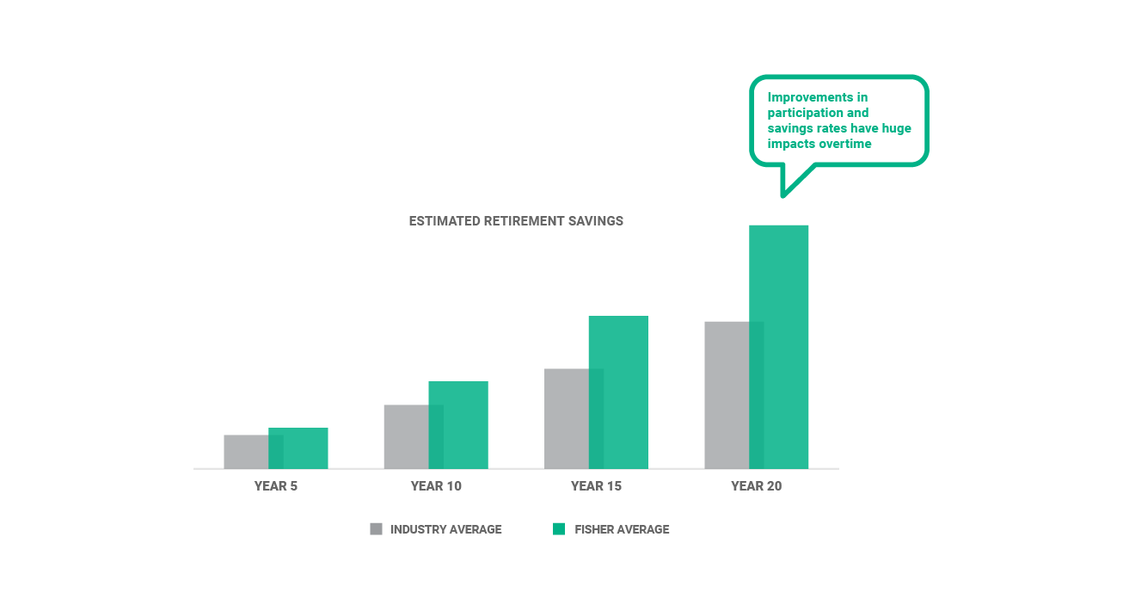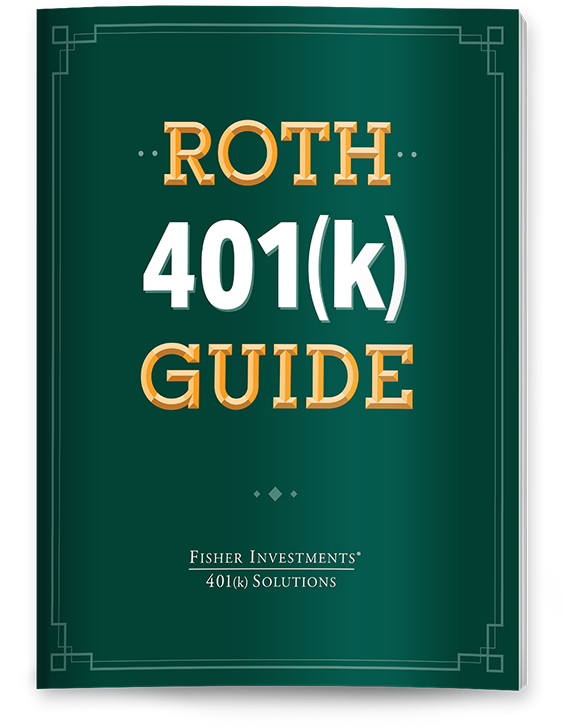Business 401(k) Services / Tax Savings
How a Diversified 401(k) Can Cut Your Taxes
As a business owner, you have a lot of choices for how to save for retirement. And each type of defined contribution plan has different rules. Some defined contribution plans provide the option to invest pre-tax dollars, others allow you to contribute after-tax and pay no taxes when you withdraw your earnings in retirement. Which approach is best?
For many business owners, a diversified approach offers both more retirement income and lower taxes over their lifetime. In particular, the flexible options you have with a 401(k) plan allow you and plan participants to put part of your retirement savings in a pre-tax traditional 401(k) plan and part in an after-tax Roth 401(k) that’s tax free when you withdraw.
How does this work? Let’s break it down.
The Benefits of a Pre-Tax Account
A traditional 401(k) can help provide a solid foundation for nearly any retirement. With a traditional 401(k), every dollar you or your employees contribute is tax-deferred. The thousands of dollars in taxes you would have paid if you’d taken that money as ordinary income this year can instead grow as investment earnings. Only when it’s time to retire would you, as a plan participant, pay taxes on the money you withdraw. Traditional 401(k) withdrawals are taxed as ordinary income. Depending on your income tax bracket at the time of retirement, a traditional 401(k) can be a tax-efficient approach to creating retirement savings.
The Benefits of Tax-Free Withdrawal
Roth IRAs and Roth 401(k)s approach taxation up front. The money you put into your account is taxed as ordinary income in the year that you earn it. However, when you withdraw you pay no taxes, which can translate into huge savings because the earnings grow tax-free.
In particular, a Roth 401(k) is advantageous because, unlike a Roth IRA, there are no income limits. A Roth 401(k) also allows you to contribute up to $15,500 more per year than a Roth IRA in 2023. While your traditional 401(k) requires you to begin making withdrawals by age 72 (assuming you are no longer employed), your Roth 401(k) does not require minimum distributions if your roll your Roth 401(k) over to a Roth IRA when you stop working. A rollover to a Roth IRA allows you to keep growing your money tax-free until you’re ready to begin spending it. You can see how tax treatments break down in the table below.
Retirement Account Tax Treatments

What if You Could Save $1 Million Dollars in Taxes?
To see how the tax advantages of 401(k) diversification might translate into retirement income, consider the following example:
Imagine a 30 year old employee who contributes the personal contribution maximum1 each year into a traditional 401(k) until they are 65 years old and another 30 year old employee who splits the same total personal contribution2 50%/50% between a traditional 401(k) and a Roth 401(k)2 for the exact same time period.
At age 90, which employee paid fewer taxes and had more lifetime net income? Even though both employees contributed the same exact amounts to their retirement plan, the employee who split their contribution 50%/50%2 earned about $1MM more in net income over his lifetime, all of it coming from tax savings.
You can see the numbers in the chart below.
|
SCENARIO 1 100% Tax Deferred 401(k) Savings1 |
SCENARIO 2 50% Tax Deferred 401(k)/ 50% Roth 401(k)2 |
|
|---|---|---|
|
Total Lifetime Net Income 3 |
$9.1 MM |
$10.1 MM |
|
Total Lifetime Taxes4 |
$3.1 MM |
$2.1 MM |
|
Annual Net Income at Retirement5 |
$136,800 |
$160,000 |
See foot notes for assumptions.
Strength in Diversity
You diversify your investment portfolio. It makes sense to also diversify your tax liability. A retirement portfolio that includes a traditional 401(k) and a Roth 401(k) offers both a solid foundation for your retirement savings and an opportunity to cut your taxes and significantly increase your net income over the course of a long life.
1Assume 2023 maximum personal contribution rate of $22,500 from age 30-49 and $30,000 from age 50 to 64 contributed to a traditional 401(k).
2Assume 2023 maximum personal contribution rate of $22,500 from age 30-49 and $30,000 from age 50 to 64 split 50%/50% between a traditional 501(k) and a Roth 401(k).
3Lifetime income net of federal taxes and savings contributions through age 90.
4Total federal taxes paid from 30-90.
5Assumes retirement age of 65 and investment income net of federal taxes.
For the accumulation phase, this fictional example assumes a starting salary of $100,000 and 3% increase each year until age 64, investment growth of 7% net of investment fees and the employee is taxed at the current federal rates for married filing jointly and excludes state taxes.
For the de-accumulation phase, the example assumes withdrawals start at $160,000 age of 65 and increase 3% each year from age 65 to age 90. Income from Social Security and other sources is excluded from this example for simplicity. The former employee is taxed according to the current federal rates for married filing jointly and excludes state taxes.

See our Business 401(k) Insights
Resources and articles to help your business with retirement plan support, optimization and administration.






